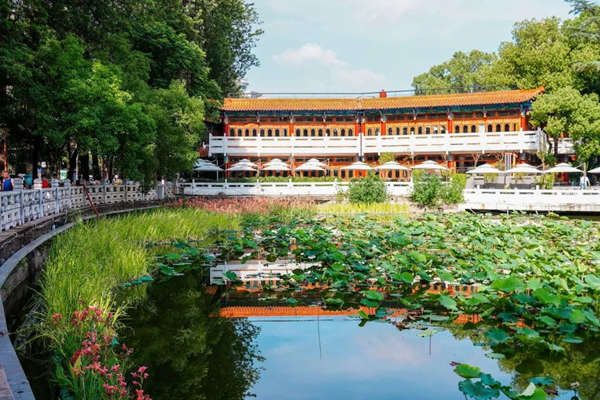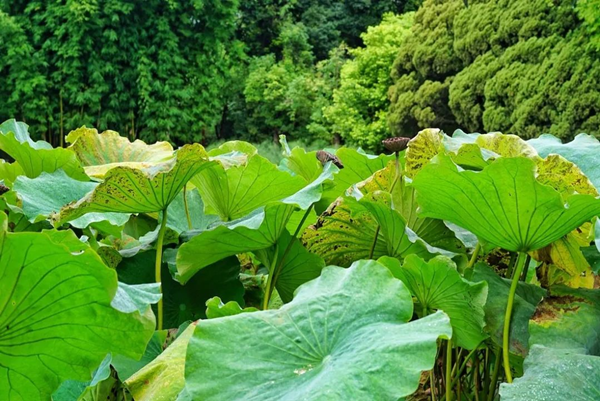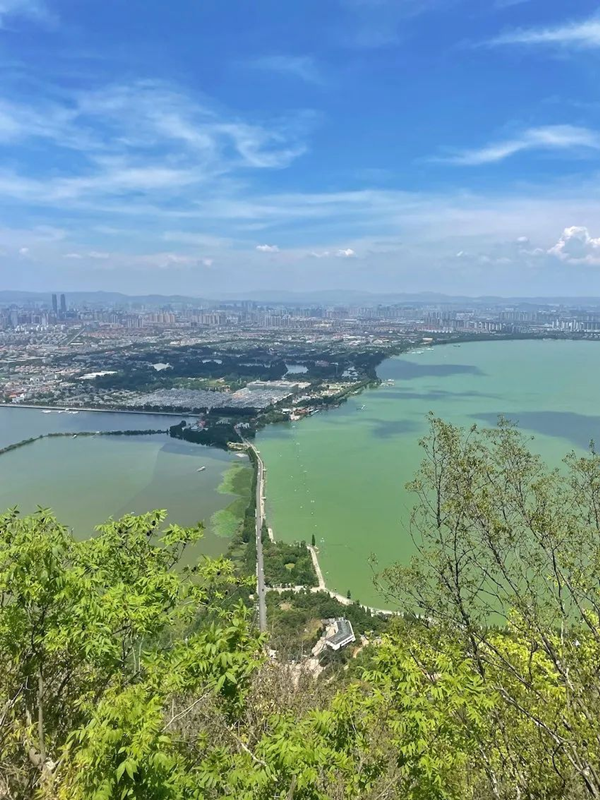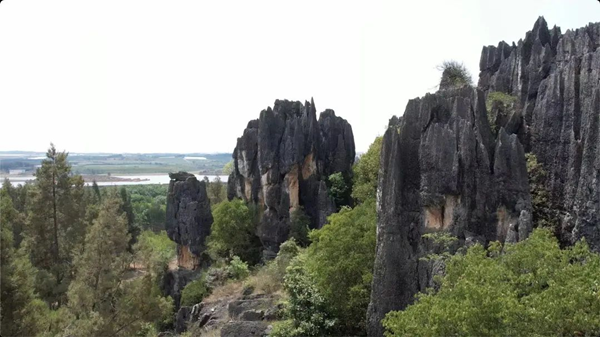Sometimes overlooked by travelers as merely a jumping off point to Dali, Lijiang and Shangri-la, or a gateway to the Silk Road, Kunming – capital and largest city of Yunnan province – warrants much more than that.
A melting pot of minority culture, coupled with the best year-round weather in the country – earning it the nickname, the City of Eternal Spring – makes Kunming a veritable travel destination.

Kunming can trace its roots back centuries, with relics of civilization around the Dianchi Lake. The city was a key commerce center, one that facilitated trade between Tibet, Sichuan, Myanmar, India and beyond from as far back as 2,400 years ago.
Today, Kunming retains the economic importance derived from its location, and serves as an important passage between Southwest China and Southeast Asia. Just last year saw the opening of a transnational highspeed railway to the public connecting Kunming to Vientiane, Laos.

The city’s population of 8 million people – roughly 5.6 million of which live in the urban center – is of a diverse makeup, home to 26 different ethnic minorities.
With representation from the Yi, Bai, Miao, Dai, and Naxi ethnic minorities– to name but a few – Kunming exemplifies a concentrated depiction of the varied minority groups scattered around the province, showcasing the country’s multiplicity beyond Han ethnic group.
Situated 1,900 meters above sea level at a latitude just north of the Tropic of Cancer, Kunming‘s climate allows for abundant plant life, constant blossoms, and year-round lush vegetation, as well as bestowing it with the honorary distinction of one of China’s top five provincial capitals for least air pollution.
The city’s abundant natural parks are interspersed with historical temples, clear lakes, museums and historical old towns next to modern shopping streets.
This foments a city that boasts a relaxed ambiance, an affordable price point and a comfortable setting, ideal for families, couples and travelers of all ages.
Green Lake 翠湖
Kunming’s most beloved urban park, Green Lake, consists of four lotus leaf-filled sub-lakes (hence the name) connected via traditional Chinese bridges.
A popular hangout, visitors can observe dancing ayis in the morning to strolling lovestruck young couples in the evening, making it a common Kunming pastime to partake in Green Lake’s leisurely atmosphere.

The park is filled with flowering gardens, traditional pavilions, a bamboo forest, and a palm islet replete with subtropical plants.
It is also ringed by teahouses, restaurants, and coffee shops – ones that represent the burgeoning coffee culture across the city.
On Sundays, Kunming dwellers don traditional costumes and gather at the park to dance, sing and enjoy the city’s gorgeous weather.
We highly suggest a morning coffee at Yunn Roasters, with a sun-soaked patio overlooking the lake.
Serving up high quality Yunnan beans, the shop has everything from the conventional – cold brews and cappuccinos – to the avant-garde – osmanthus and fermented glutinous rice americanos and cheese foam-capped lattes.

Just a short jaunt away, visitors can wander along Wenlin Jie, a street humming with energy from the nearby universities.
It’s a hotspot for international food choices – like Salvador’s Coffee House – plus Yunnan cuisine, known as diancai (滇菜) – found at Heavenly Manna and Huixinang Xilou, among others.
Western Hills 西山
The Western Hills Forest Park is more than just Dianchi Lake and sprawling panoramic views across the entire city – although the vista is spectacular.
There are also 900-year-old Taoist temples, grottoes, a tranquil forest with towering deciduous and coniferous trees, and winding hiking trails that can keep guests busy for a full day.

Visitors can choose to enjoy the park with an aerial view by taking the ski lift-style ropeway – a 25-minute ride above the trees to the top of the hills for just 25 yuan($3.49) per person.
The various peaks that make up the Western Hills stretch 35 kilometers from north to south, reaching up to 2,050 meters above sea level.
From afar, the undulating mounts resemble a prostrating Buddha, hence the nickname “Sleeping Buddha Mountain.”

The main sights include Huating Temple, Taihu Temple, Sanqing Pavilion and – the pride and joy of the mountain – the Dragon Gate Grottoes.
The stone-carved edifice and surrounding grottoes were carved out of the steep cliffs during the Qing Dynasty, more than 200 years ago.
Naigu Stone Forest 乃古石林
Famed for its remarkable karst formations, Kunming’s Stone Forest provides visitors with the ability to walk through an otherworldly natural phenomenon of spiky limestone cliffs jutting towards the sky.
Formed more than 270 million years ago from a combination of sedimentation, pressure and erosion, Kunming’s Stone Forest is one of the only of its kind on the planet.

One 10-square-kilometer bewitching section of the Stone Forest stands out above the rest for its noticeably onyx hue, one that is the result of dolomitic limestone (a mix of calcium and magnesium), whereas the rest of the stone forest is a paler gray due to the lack of magnesium in the calcium.
Meaning “black” in the Yi minority language, the “Naigu” Stone Forest is part of a northern subset of the full Stone Forest area.
One that also happens to be noticeably less crowded, allowing visitors to engage with nature as they wander through naturally-formed caverns, peek through one-of-a-kind crevices and climb towards viewing platforms to witness the spectacle from a bird’s-eye-view.
Plan to visit the park for 2-4 hours between 8.30am-6pm daily, for 130yuan per person.